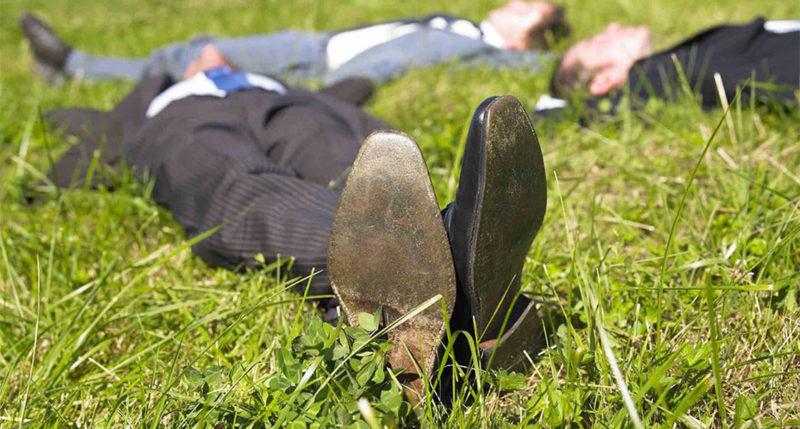
I’m happy to tell about my doctoral thesis in the area of sports medicine and about the results of the first sub study and I’m thankful for the co-operation with other authors of the article and with Firstbeat. The objective of this first sub study was to investigate how different indicators of physical activity (PA), cardiorespiratory fitness (CRF) and body composition are associated with heart rate variability (HRV) based indicators of stress and recovery on workdays. The second important aim was to preliminarily evaluate the association of objectively measured stress with self-reported burnout symptoms.
Participants of this cross-sectional study were 81 healthy males (age range 26-40). Objective stress and recovery levels were determined with Firstbeat Analysis Server program from HR recording data. HR recordings were executed over three days using Firstbeat Bodyguard measurement device. CRF and anthropometry were assessed in laboratory conditions. The level of PA was based on a detailed PA interview (MET index [h/day]) and self-reported activity class.
The more exact methods, results and conclusions are available for everyone as the research article is published in open access format. However, in this text I tell about the results simply and clearly. The results suggest that those who are physically more active , have better fitness and body composition and less objective stress than their physically more inactive counterparts who have lower fitness levels and unfavorable body composition. From the figure 1 you can see that 27.5% of the variance of total stress on workdays was accounted for by PA, CRF, and body composition. Since the study was cross-sectional and there was no follow-up, it is not possible to draw any conclusions about the causality for example, which comes first; stress or inactivity.
Research on the field of physical activity and work-related stress is important. As known, the mean age of employees is getting higher and there is a pressure to lengthen the work careers. So, physical inactivity and work stress prevention efforts are warranted. The findings of the study suggest that physical activity, fitness, and body composition are associated with HRV based stress and recovery levels, which needs to be taken into account in the measurement, prevention and treatment of work-related stress. On one hand, detailed interview-based MET index and self-reported activity class, and on the other hand, body fat percentage and BMI, associated rather similarly with the indicators of stress and recovery. This suggests that easily collected self-reported activity class and BMI can be used as indicators of PA and body composition in clinical work. The current findings support the usability of the objective indicators of stress as they were associated with self-reported occupational burnout symptoms.
Overall, the results support the usability of this HRV-based method in the evaluation of stress and recovery. However, more research is needed. At the present I’m working on with my next sub study, investigating the association of objective stress and recovery with subjective stress. Due to the co-operation between the University of Jyväskylä and Firstbeat Technologies Ltd, HR recordings have been involved in several studies that have been executed in the department of health sciences. In my further studies I continue to study the usability of this stress assessment-methodology, developed by Firsbeat, with larger study populations and different study settings.

Tiina Teisala, M.Sc. in health sciences/sports medicine, physiotherapist
Have a nice spring and summer. Remember to take care of yourselves and be physically active to avoid harmful stress!
For more detailed information see the original publication.
Are you interested in supporting your well-being with accurate data about your stress and recovery levels?

You might also be interested in

The Big Picture of Wellness – Stress Management, Good Sleep and Nutrition Go Hand in Hand
Weight management and healthy eating are issues that wellness professionals face every day with their clients.

Work Hard, Play Hard, Rest Even Harder
Employees are companies’ most valuable asset, so their well-being should be priority number one. We need to act to change the tune of how Britons work.

What is Presenteeism? And How Can We Fix the Multi-billion-pound Problem?
Paying proper attention to the well-being of staff will lead to a better working environment and happier, more productive employees.

